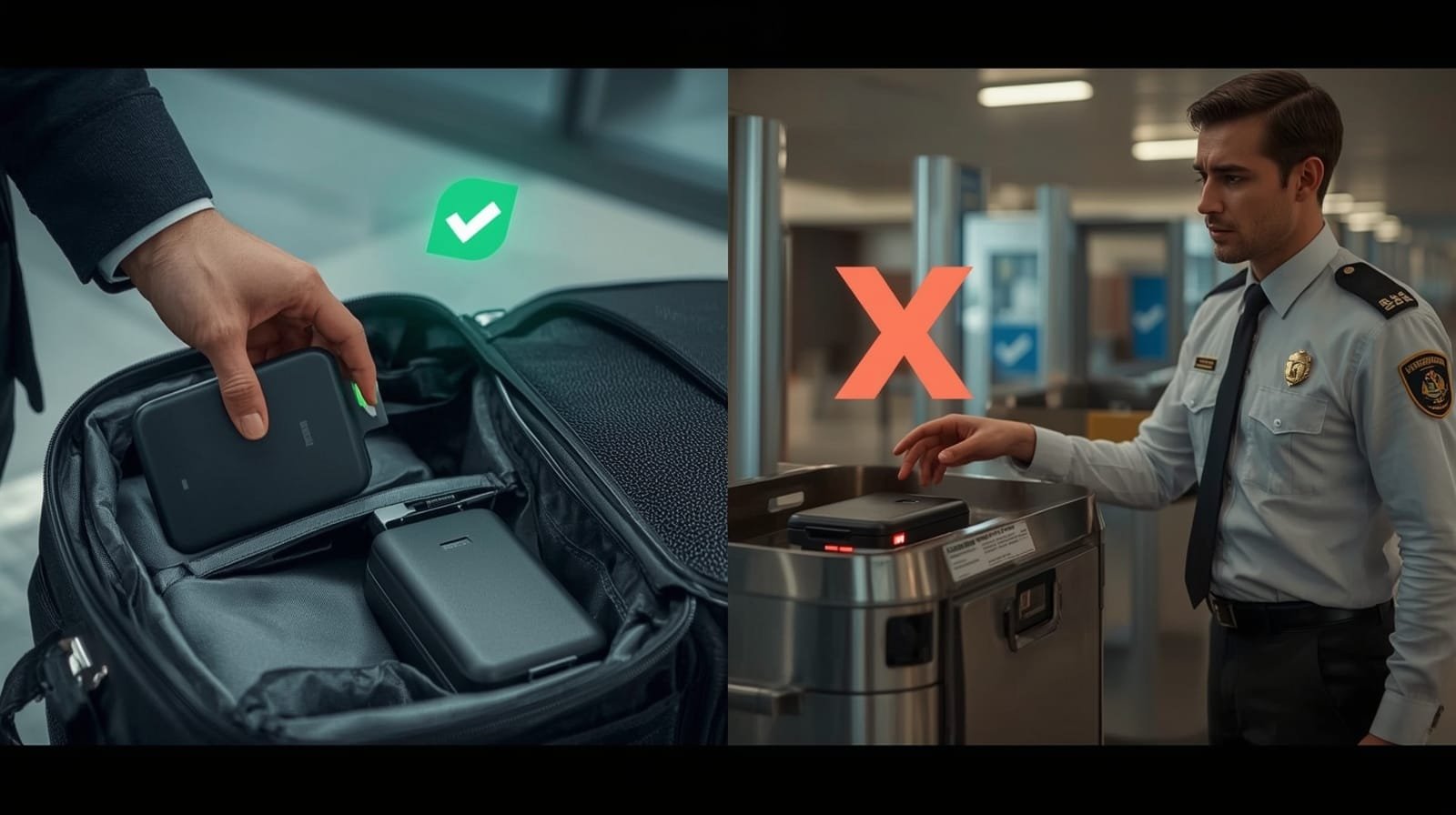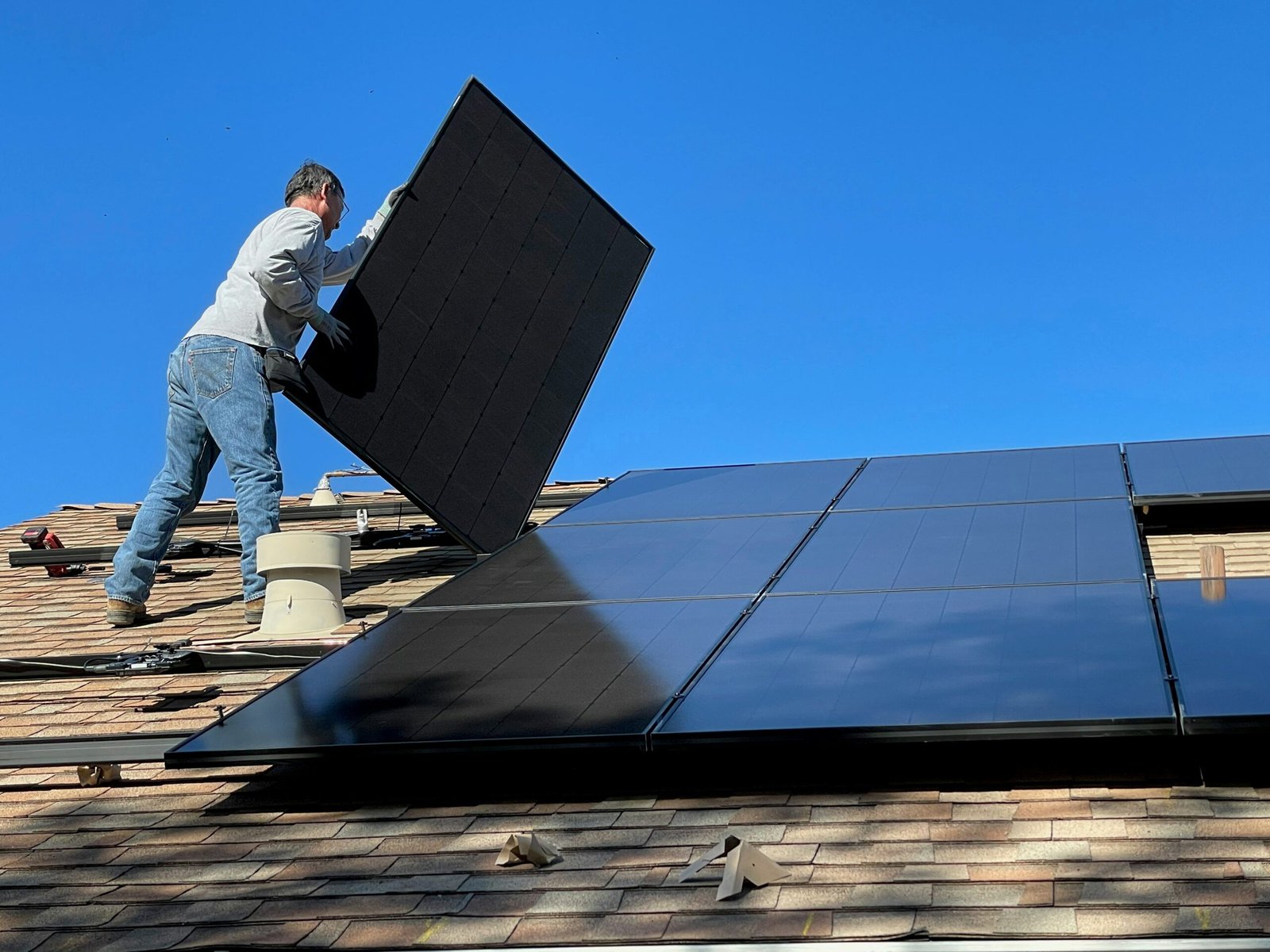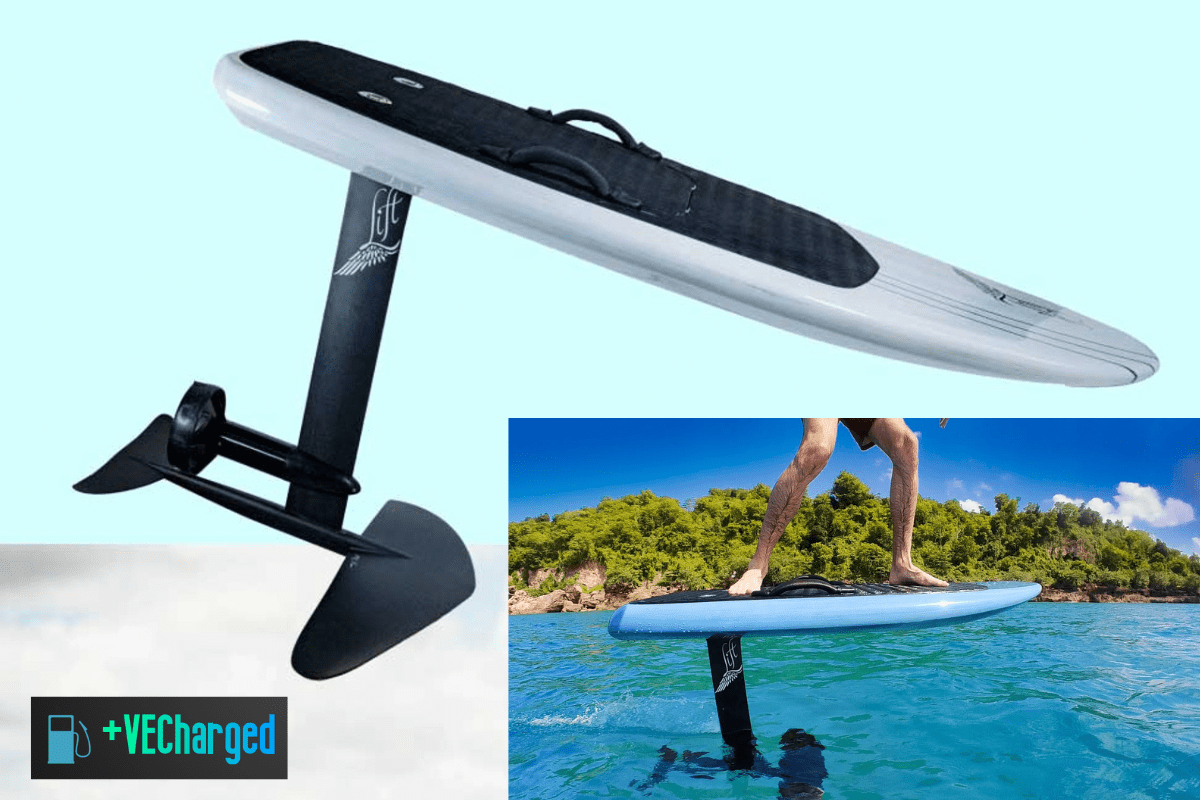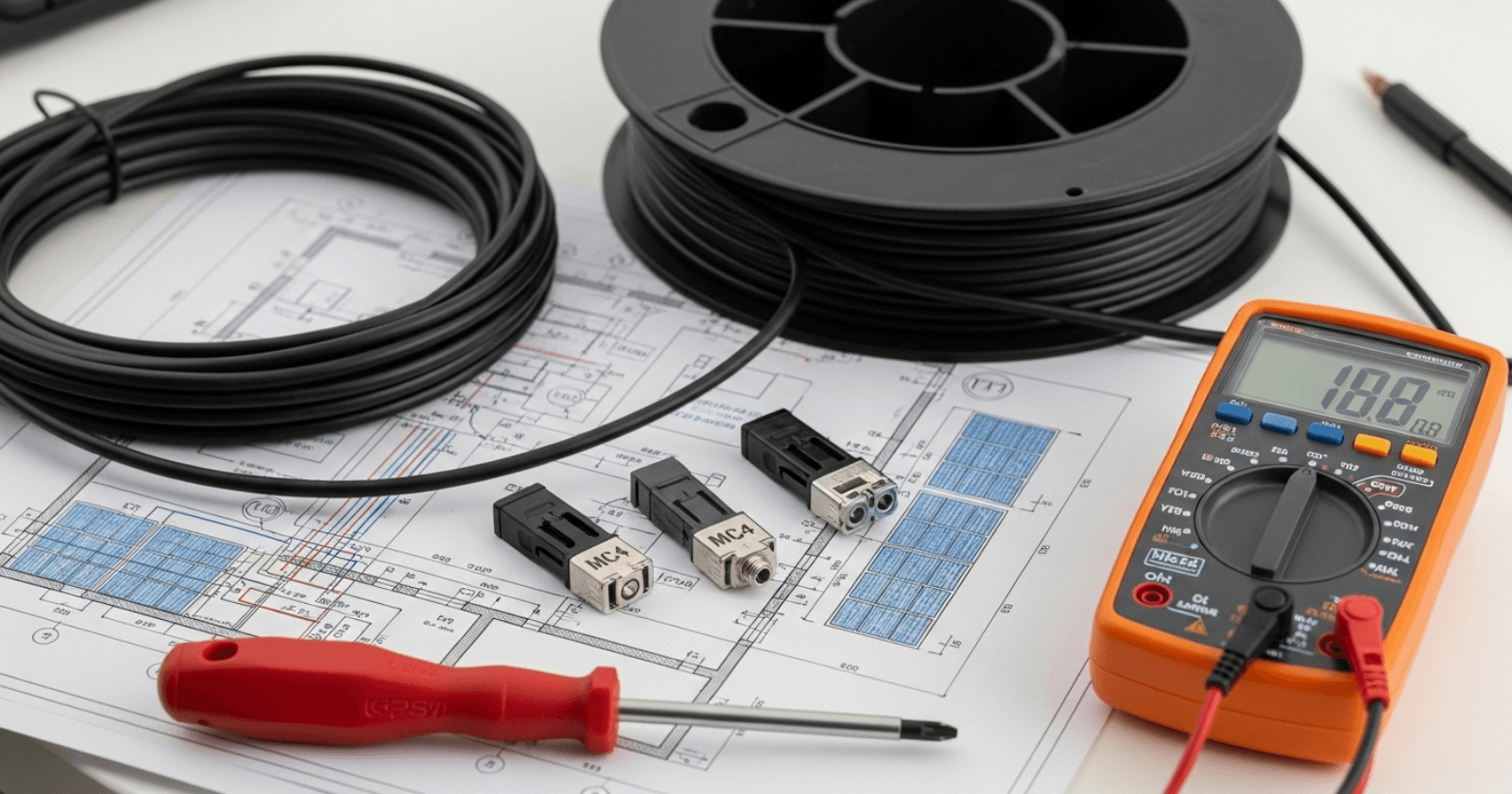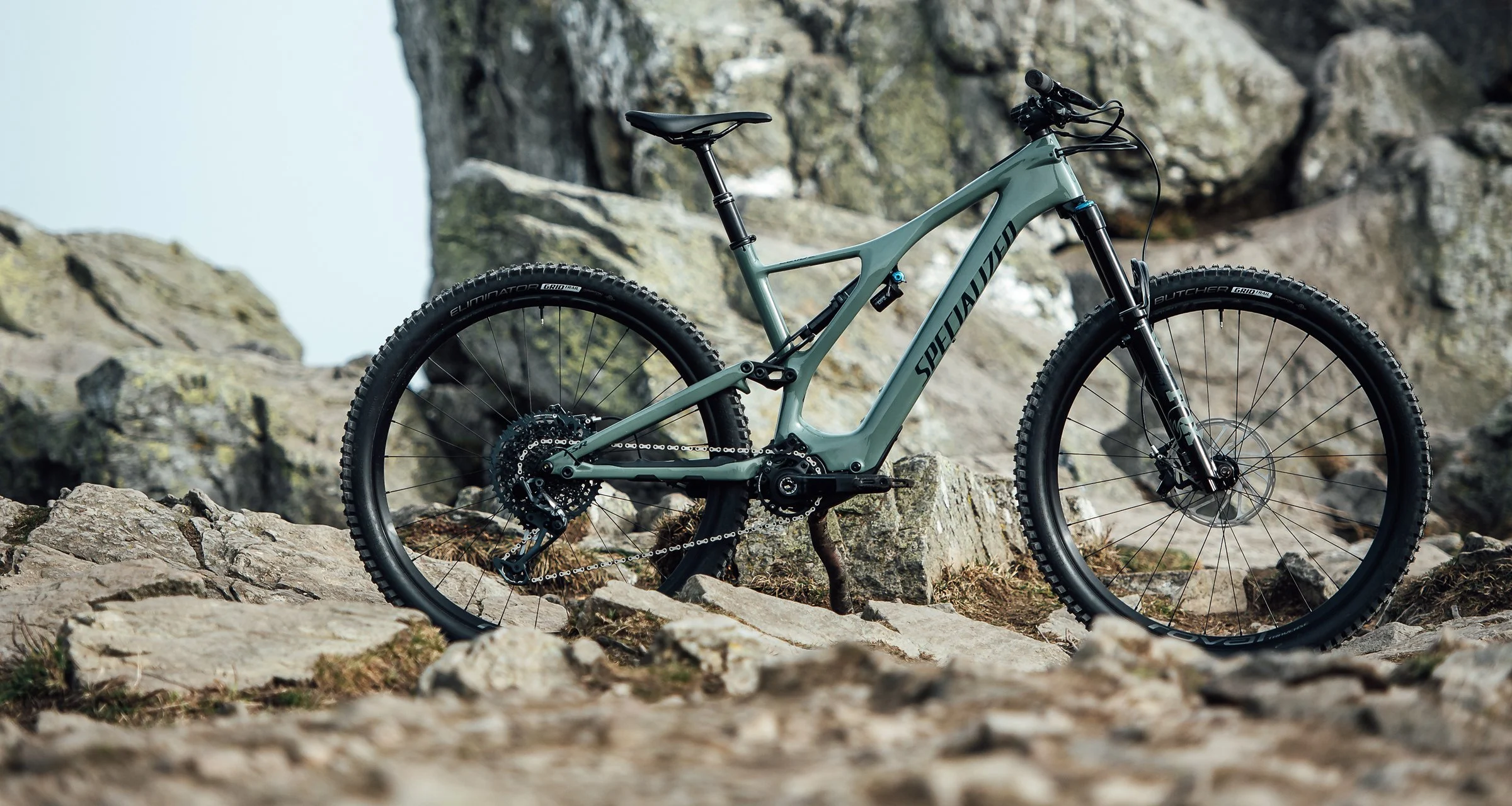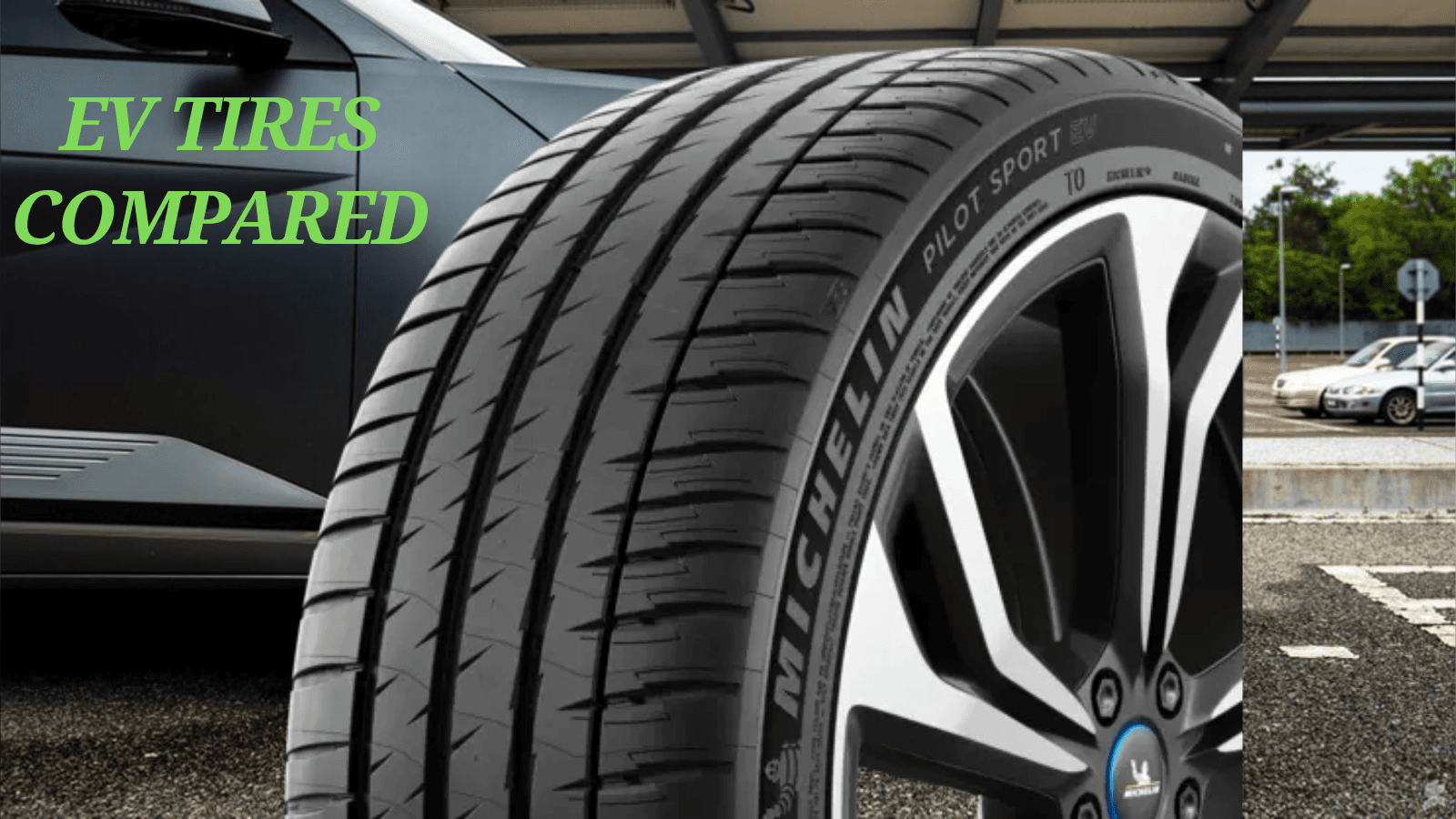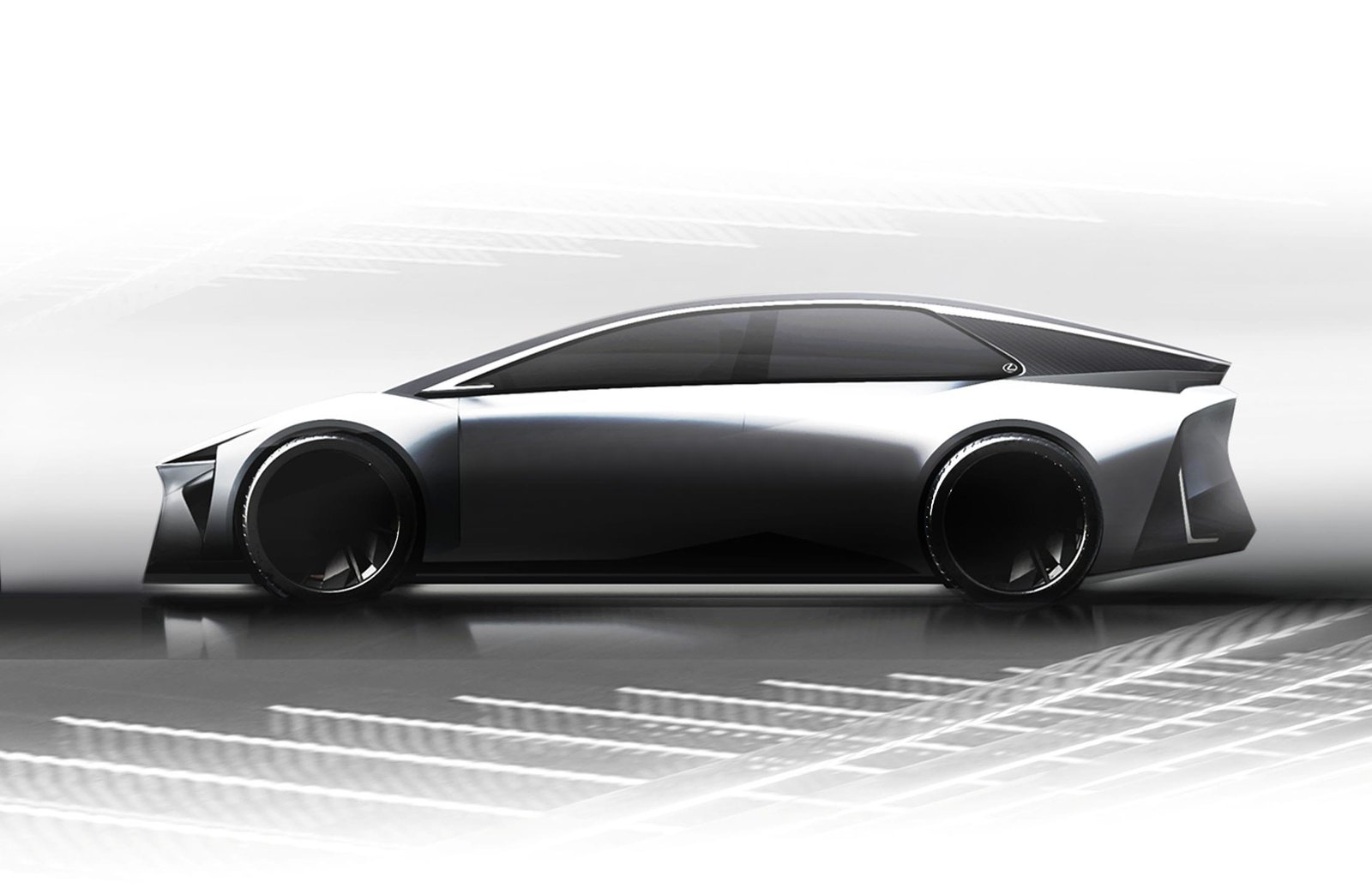You’re standing in the airport security line. You’ve got your laptop, your phone, a big new power bank for your trip, maybe even some drone batteries. And a nagging, expensive thought hits you: “Am I allowed to fly with this?”
You have a vague memory of some rule, a story from a friend who had a battery confiscated. You look at the security agent, and the anxiety is real. Is your $200 power station about to be dropped into a bin?

As an engineer, I can tell you that the rules for flying with lithium batteries are actually quite simple. The problem is that they are buried in an 84-page document written in dense regulatory language. It is a masterpiece of confusion.
This is not one of those documents. This is the Vecharged “Reader-First Shield.” We have deconstructed the official IATA rulebook to give you the simple, brutally honest answers you need to walk through airport security with absolute confidence.

First, Get Your Instant Answer: The Vecharged “Can I Fly With It?” Tool
Let’s solve your problem right now. This is our “Unfair Advantage”—a simple tool that gives you a definitive yes or no answer in seconds.
Vecharged Pre-Flight Battery Simulator
Add your gear to each bag to instantly check your travel compliance.
| Gadget | ✈️ In Carry-On | 🗁️ In Checked Bag |
|---|
The 4 Unbreakable Commandments of Flying with Batteries
All 84 pages of the IATA rulebook can be distilled into four simple, non-negotiable rules.
I. Thou Shalt ALWAYS Keep Spare Batteries in Thy Carry-On
This is the single most important rule. A “spare” battery is any battery that is not installed in a device. This includes power banks, spare drone/camera batteries, and even your vape.
- The Vecharged Reality Check: This is a critical fire safety rule. If a battery has a thermal runaway and catches fire in the cabin, the crew can see it and use a fire extinguisher. If it catches fire in the cargo hold, it is an uncontrollable fire raging in the belly of the plane. There are no exceptions to this rule.
II. Thou Shalt Honor the Magic Number: 100 Watt-hours
This is the number that governs almost everything. Any battery under 100 Wh is considered safe for general travel.
- How to Calculate Watt-hours (Wh): If it’s not printed on your device, use this simple formula: (Milliamp-hours (mAh) / 1000) x Voltage (V) = Watt-hours (Wh).
- Example: A 20,000 mAh power bank with a 3.7V output is 74 Wh. It is safe. (20,000 / 1000) x 3.7 = 74.
III. Thou Shalt Seek Permission for the “Grey Area”: 100 – 160 Wh
This is the category for larger, professional-grade batteries, like those for big laptops or production video cameras. You can fly with these, but you MUST get approval from the airline at the check-in desk.
- Our Protective Advice: Do not try to sneak these through. Simply declare them at check-in. The airline will almost always approve them, but they need to know they are on board.
IV. Thou Shalt Not Carry the Forbidden: Anything Over 160 Wh
This is the hard limit. Any battery exceeding 160 Wh is classified as industrial dangerous goods and is strictly forbidden for passengers to carry.
- The Reality Check: This is why you cannot fly with an e-bike battery. Most e-bike batteries are 400-700Wh, placing them squarely in the forbidden zone. They must be shipped separately as Class 9 Dangerous Goods, which is a complex and expensive freight process.
The Vecharged FAQ: Your Specific Questions Answered
What are the absolute, most important rules in 30 seconds?
The Vecharged Reality Check: All 84 pages of IATA rules boil down to three unbreakable commandments:
- ALL Spare Batteries MUST be in your Carry-On. This includes power banks, spare camera/drone batteries, and vapes. No exceptions. A fire in the cabin can be fought; a fire in the cargo hold is a catastrophe.
- The “Magic Number” is 100 Wh. Any battery under 100 Watt-hours is generally considered safe for travel. Your phone, laptop, and most power banks fall into this category.
- Anything Over 160 Wh is FORBIDDEN. This includes most e-bike batteries and large industrial power packs. Do not bring them to the airport.
How do I calculate Watt-hours (Wh) for my device?
Our Protective Advice: Don’t guess. The number is usually printed on the device itself. If not, use this simple, universal formula:
(Milliamp-hours (mAh) / 1000) × Voltage (V) = Watt-hours (Wh)
Example: A 20,000 mAh power bank with a standard 3.7V internal battery is 74 Wh. (20,000 / 1000) x 3.7 = 74. It is well under the 100Wh limit and is safe to fly with in your carry-on.
What is the difference between a “spare” and an “installed” battery?
This is the most important definition in the entire rulebook.
- An “Installed” Battery is a battery that is inside a piece of consumer electronics. (e.g., the battery inside your laptop, phone, or tablet).
- A “Spare” Battery is any battery that is not installed. This includes all power banks, loose camera and drone batteries, and vapes.
The Vecharged Reality Check: This distinction is critical because the rules are different. Installed batteries are generally allowed in checked luggage (with restrictions), while spare batteries are forbidden in checked luggage.
Can I bring my power bank? What are the rules?
The Short Answer: Yes, but it MUST be in your carry-on bag.
- Under 100 Wh: You can carry a “reasonable quantity,” which is generally accepted to be up to 20 units per person without needing airline approval.
- Between 100-160 Wh: These are high-capacity power stations. You are limited to two units per person, and you MUST get approval from the airline at the check-in desk before proceeding to security.
What about my laptop, phone, and tablet?
The Short Answer: Yes, these are perfectly fine.
These contain “installed” batteries. As long as they are under the 160Wh limit (and virtually all consumer devices are), they can be placed in either your carry-on or checked luggage. However, it is always a better idea to keep expensive electronics in your carry-on to protect them from damage.
Can I fly with my drone and its batteries?
The Short Answer: Yes, with strict rules for the batteries.
- The Drone Itself: The battery installed in the drone is considered an “installed” battery. The drone can be in your carry-on or checked bag.
- Spare Drone Batteries: These are ALWAYS considered spare batteries and MUST be in your carry-on luggage. You must also protect them from short-circuiting by keeping them in their original packaging, in a battery case, or by putting tape over the terminals.
Can I bring my E-Bike / E-Scooter battery?
The Short Answer: NO. Absolutely not.
The Vecharged Reality Check: A typical e-bike battery is between 400Wh and 700Wh. This is far, far above the strict 160Wh limit for passengers. It is classified as Class 9 Dangerous Goods and cannot be carried on a commercial flight. It must be shipped separately via a certified dangerous goods freight company, which is a complex and expensive process.
What are the rules for “Smart Luggage”?
This is a major point of confusion for travelers.
- If the lithium battery in the smart luggage can be removed, you can travel with the bag. You must remove the battery and bring it into the cabin with you as a “spare battery.”
- If the lithium battery cannot be removed, the bag is forbidden for travel and will not be allowed on the aircraft.
Our Protective Advice: Do not buy non-removable smart luggage. It is effectively a single-use product, as you will likely have it confiscated on your first trip.
The Final Vecharged Verdict:
It’s not about memorizing a complex rulebook. It’s about understanding two simple concepts: the 100 Wh threshold and the non-negotiable rule to keep all spare batteries in your carry-on. By following these simple, engineering-led principles, you can protect yourself and your gear, and walk through any airport in the world with confidence.

Suhas Shrikant is the founder of Vecharged and an engineering enthusiast specializing in high-power off-grid solar systems. He has designed and built over a dozen custom systems and uses his hands-on, field-tested experience to create Vecharged’s expert guides and reviews.

